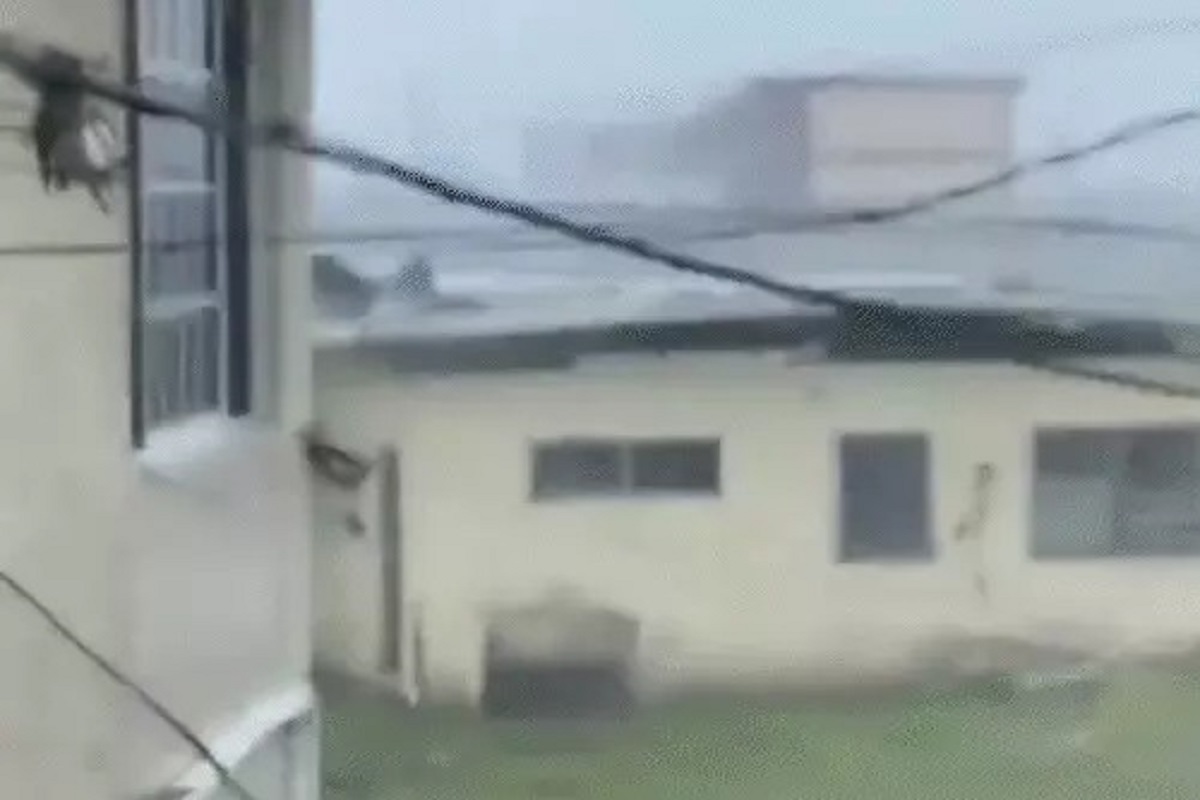Hurricane Melissa, the strongest hurricane of the century, hits Cuba, killing 30 people in three Caribbean countries.

Hurricane Melissa reached Cuba on Wednesday evening. Its wind speed was 208 kilometers per hour. Earlier on Tuesday night, it wreaked havoc in Jamaica. Melissa has so far claimed 30 lives in Haiti, Jamaica, and the Dominican Republic.
Before the storm hit Cuba, 735,000 people were evacuated. President Miguel Diaz-Canel had warned of significant damage, urging everyone to evacuate. Due to the decrease in wind speed, the hurricane has been downgraded from a Category 5 to a Category 3 hurricane.
The UN stated yesterday that it is the strongest hurricane of the century. The US Weather Service also stated that Melissa's wind speed is comparable to the 1935 Labor Day Hurricane, which reached 300 kilometers per hour in Florida.
Jamaican Prime Minister Andrew Holness said that the country has suffered significant damage, but we will rebuild it better than before. He wrote on the X: "Those whose homes were destroyed are devastated. I understand your pain. Relief and reconstruction have begun. We are with you."
Watch this video from inside Hurricane Melissa...
The Hurricane Hunters of the 403rd Wing of the US Air Force Reserve have released a video showing the very center of Hurricane Melissa. This video was shot as the storm was approaching Jamaica on Sunday.
Hurricane Melissa became a Category 5 hurricane in 24 hours
Melissa began moving at 120 kmph on Saturday. By Sunday night, its speed increased to 225 kmph. By Monday night, its speed had reached 260 kmph, making it a Category 5 hurricane.
A Category 5 hurricane is considered the most dangerous category of hurricane. It has winds of more than 252 kilometers per hour (or 157 miles per hour).
Its winds are so strong that even reinforced concrete buildings can be damaged. Trees are uprooted, and power and communication systems can be completely disrupted.
High waves and storm surges can reach several meters in height, causing massive flooding in coastal areas. Four Category 5 hurricanes have been recorded so far in 2025.
Warming ocean waters contributed to the hurricane's strengthening.
According to scientists at Climate Central, the ocean over which Hurricane Melissa passed was approximately 1.4 degrees Celsius warmer due to climate change. This warming was due to human-caused pollution and global warming.
Scientists have explained that when ocean waters warm, hurricanes absorb more moisture. Therefore, storms like Melissa can now produce 25 to 50 percent more rainfall than before.
A storm formed from warm air masses off the coast of West Africa.
Hurricane Melissa is the fifth hurricane of the 2025 Atlantic hurricane season. It formed from a tropical wave (a wave of warm and moist air) off the coast of West Africa in early October, gradually gaining strength as it moved across the Atlantic Ocean.
The name Melissa is from the World Meteorological Organization's (WMO) six-yearly list.
Melissa was previously a weak storm in 2019, so its name was not retired.
If the 2025 Melissa causes significant devastation, the name will be permanently removed from the list. Storm names are chosen for easy pronunciation and identification.
What is the difference between a typhoon, a hurricane, and a tornado?
A storm is a type of atmospheric disturbance characterized by strong winds and accompanied by rain, snow, or hail. When they occur on land, they are called ordinary storms, but storms originating from the sea are called hurricanes.
Hurricanes are more dangerous than ordinary storms. Hurricanes, cyclones, and typhoons are all the same thing. Cyclones are called by different names around the world.
For example, cyclones that form in North America and the Caribbean Islands are called hurricanes, cyclones in the Philippines, Japan, and China are called typhoons, and storms that form around Australia and the Indian Ocean, i.e., India, are called cyclones.
From an oceanic perspective, cyclones that form in the Atlantic and Northwest Oceans are called hurricanes. Storms that form in the Northwest Pacific Ocean are called typhoons. Storms that form in the South Pacific and Indian Ocean are called cyclones.

For this reason, hurricanes that occur in areas around India are called cyclones. Tornadoes are also strong storms, but they are not cyclones because they mostly form on land rather than in the sea. Most tornadoes occur in America.



1.png)


.jpeg)
1.png)
